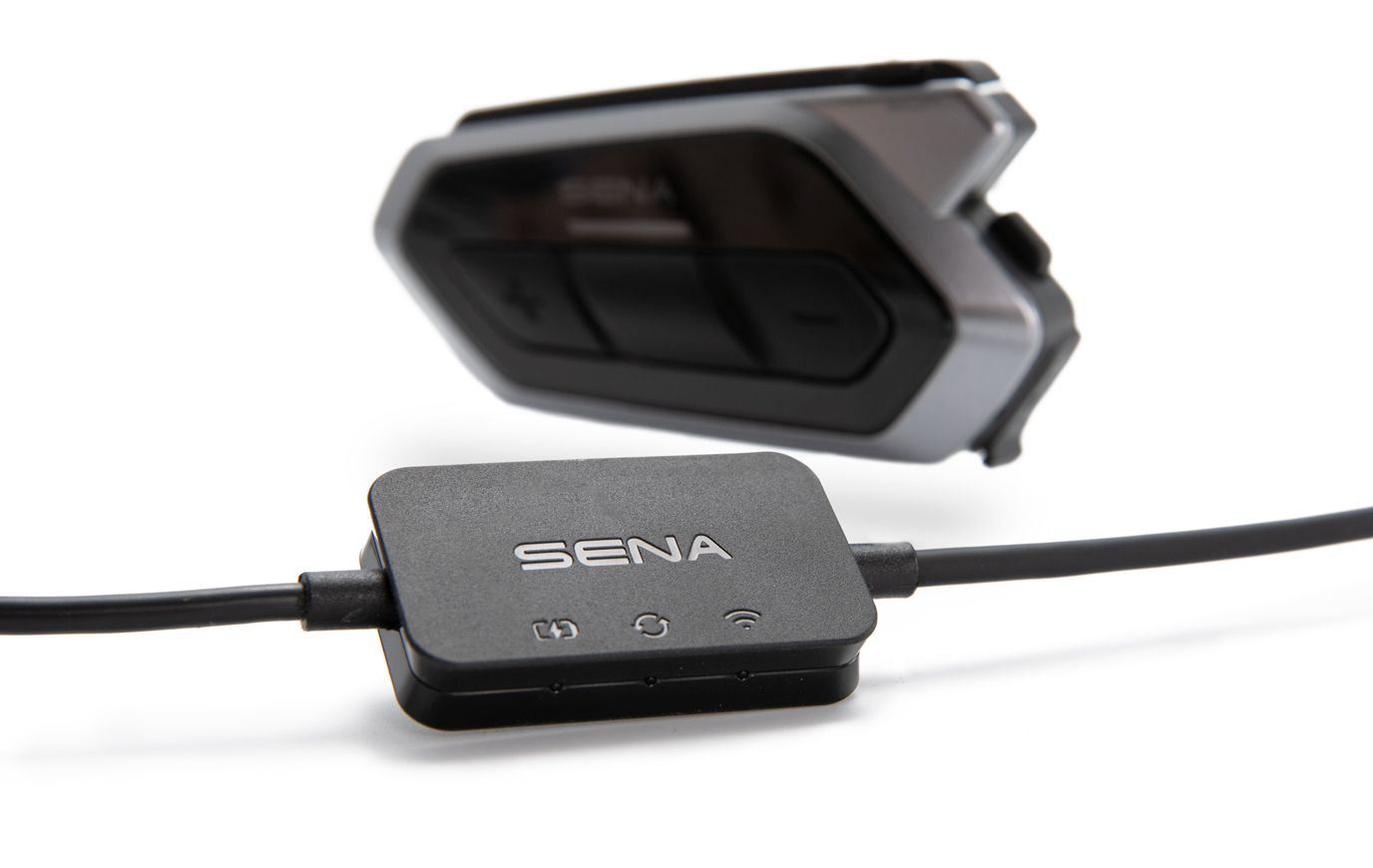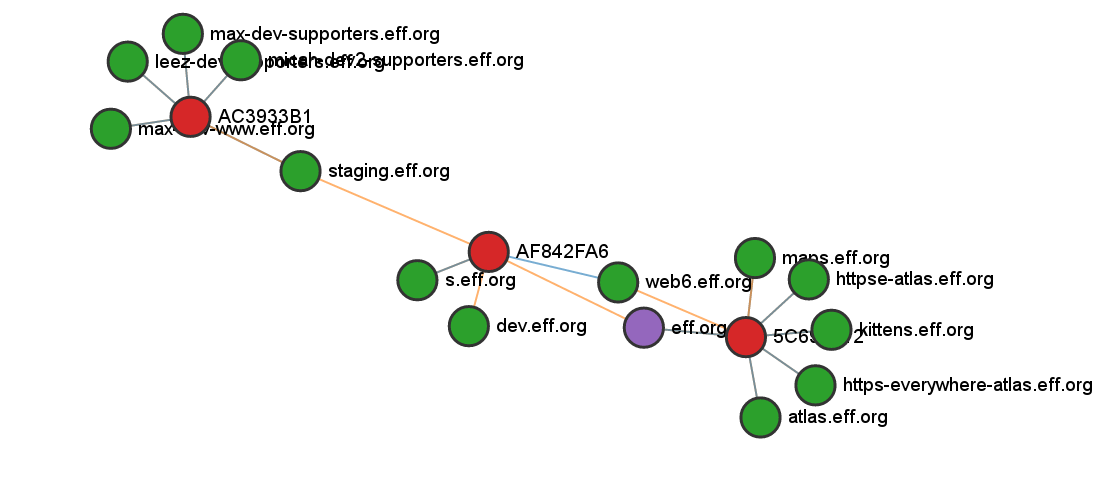
SOCAT and WireGuard: a perfect pair for DPI Bypass
Tunneling WireGuard over TLS using SNI Domain Fronting There are numerous ways to get unrestricted egress on a restricted network. Here I will demonstrate how to use socat to tunnel a UDP connection over a TLS tunnel with a faked SNI domain in order to bypass network restrictions. This technique works on a restricted network that allows outbound TLS traffic to at least a single domain, but only checks the domain in the TLS Client Hello SNI field, and not the destination IP address. I have found this to be a common setup on many captive portal or restricted networks making use of a DPI firewall to block all other network traffic. ...





